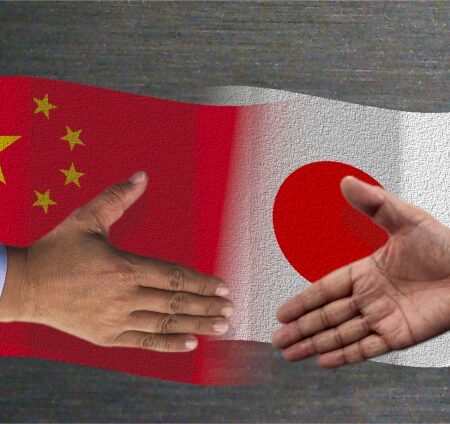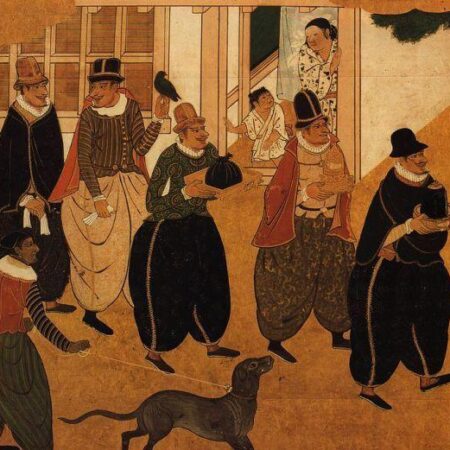Are you aware that from the early 17th century to the mid-19th century, Japan adopted a policy of national seclusion, significantly limiting contact with foreign countries? This policy aimed to block external influences and maintain domestic order. The seclusion lasted for about 200 years, profoundly impacting Japan's culture, economy, and politics, leading to unique development in the country. Today, we will delve into the significant influence of Japan's seclusion policy.
Reasons for Japan's Seclusion

The primary motivations for the seclusion policy were the rapid spread of Christianity and the fear of colonization by European powers in Asia. The influx of Christianity and Western culture was perceived as a threat to traditional values and social order. Against this backdrop, the government decided to severely restrict foreign contact to maintain domestic stability.
Countries Japan Interacted With During Seclusion
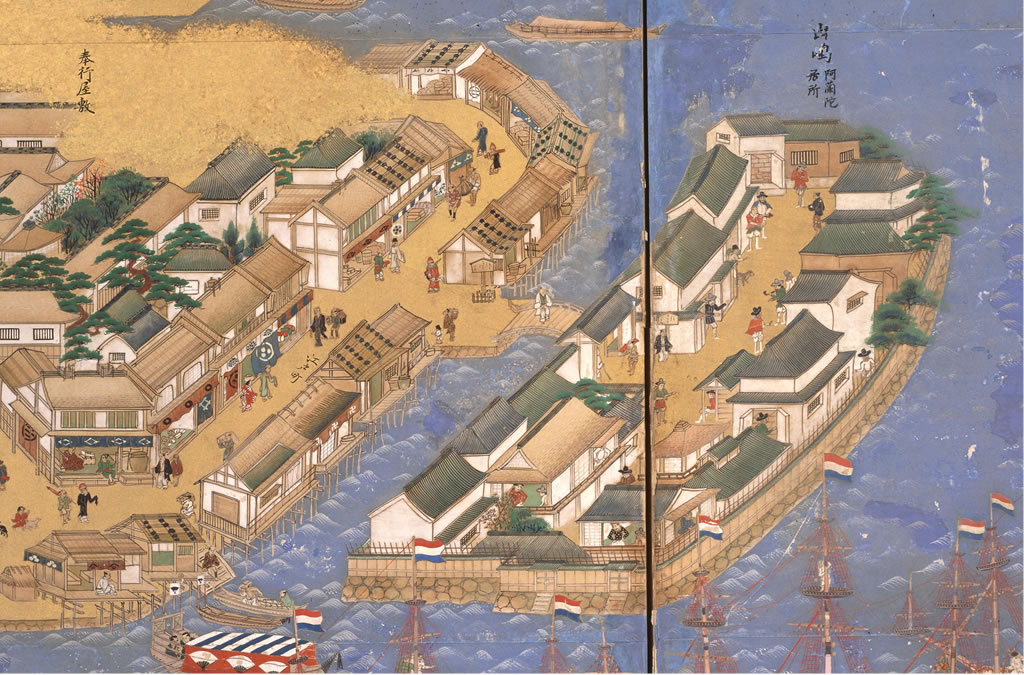
Under the seclusion policy, Japan allowed limited interactions with the Netherlands, China, Korea, and the Ryukyu Islands. Notably, the Netherlands maintained a trade and technology exchange relationship as the sole European country in Nagasaki's Dejima. Additionally, Japan maintained political and economic relations with China and Korea. These limited interactions served as important sources of foreign culture and information in Japan.
The Development of Rangaku
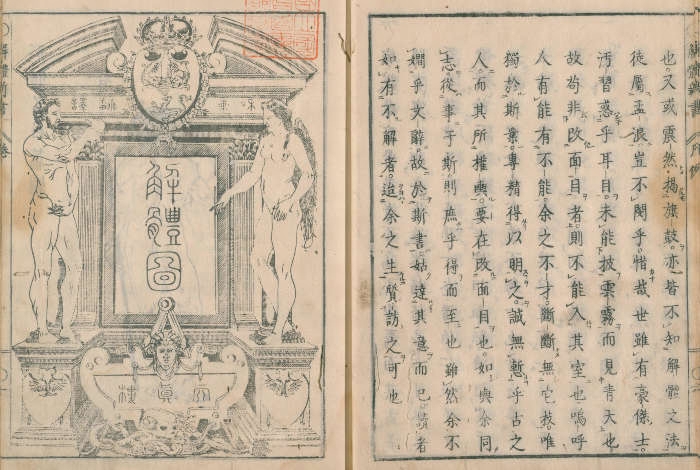
During the seclusion period, the influx of knowledge from the Netherlands led to the development of "Rangaku" (Dutch learning) in Japan. Western knowledge in various fields, such as medicine, astronomy, and geography, was introduced, bringing new perspectives to Japanese academia.
In particular, Genpaku Sugita's translation of a Dutch anatomical text into Japanese, known as "Kaitai Shinsho," is famously recognized as the first published anatomy book in Japan influenced by Rangaku.
Thus, Rangaku played a crucial role in laying the foundation for Japan's modernization.
Suppression of Christianity
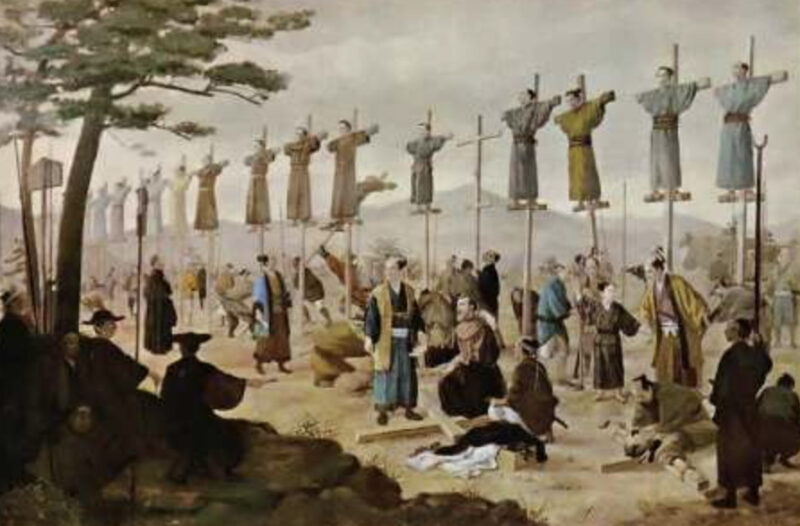
A key element of the seclusion policy was the suppression of Christianity. The government viewed Christianity as a threat to social order and implemented strict measures, including the expulsion of missionaries, persecution of Christians, and forced renunciation of faith through the practice of fumi-e. This suppression had a profound impact on Japan's religious landscape.
(Image citation: 戦国日誌)
Impact of Seclusion on Japan
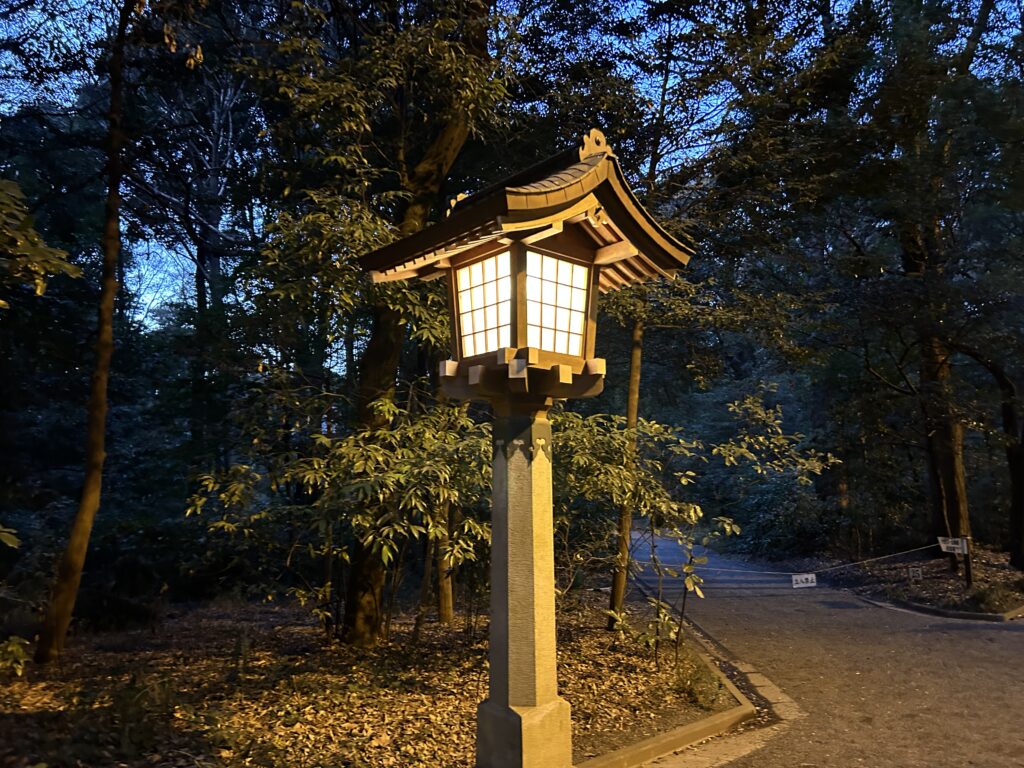
The seclusion policy had complex effects on Japan's society, culture, and economy. As external influences were limited, Japan's unique culture and technology developed inwardly. However, isolation from the international community led to delays in scientific and technological advancement and a lack of awareness of international affairs.
Reason for the End of Seclusion

The end of seclusion was primarily due to external pressure. The arrival of Commodore Perry in 1853 forced Japan to open its doors. This "Black Ships" arrival symbolized Western powers' pressure on Japan, compelling the Japanese government to open the country to respond to international affairs. Starting with the Treaty of Peace and Amity between Japan and the United States in 1854, Japan successively signed treaties with Western countries, ending the seclusion policy. This marked a significant turning point leading to Japan's modernization and active participation in the international community, paving the way to the Meiji Restoration.
Summary
That concludes our overview of Japan's seclusion era. This period was a critical turning point in Japanese history, key to understanding how Japan managed to preserve its traditions while transforming into a modern nation ready to engage on the international stage.



